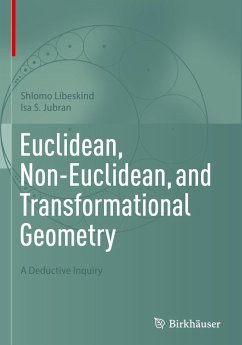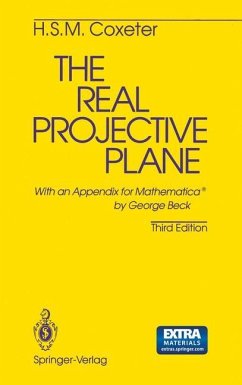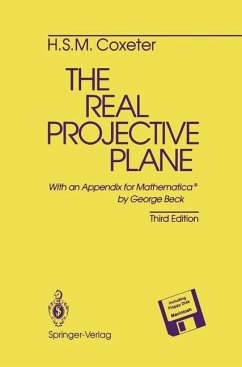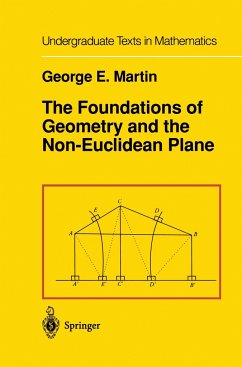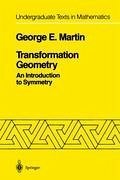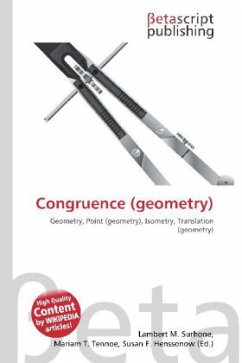
Congruence (geometry)
Versandkostenfrei!
Versandfertig in 6-10 Tagen
23,99 €
inkl. MwSt.

PAYBACK Punkte
12 °P sammeln!
Please note that the content of this book primarily consists of articles available from Wikipedia or other free sources online. In geometry, two figures are congruent if they have the same shape and size. More formally, two sets of points are called congruent if, and only if, one can be transformed into the other by an isometry, i.e., a combination of translations, rotations and reflections. The related concept of similarity permits a change in size. In a Euclidean system, congruence is fundamental; it is the counterpart of equality for numbers. In analytic geometry, congruence may be defined ...
Please note that the content of this book primarily consists of articles available from Wikipedia or other free sources online. In geometry, two figures are congruent if they have the same shape and size. More formally, two sets of points are called congruent if, and only if, one can be transformed into the other by an isometry, i.e., a combination of translations, rotations and reflections. The related concept of similarity permits a change in size. In a Euclidean system, congruence is fundamental; it is the counterpart of equality for numbers. In analytic geometry, congruence may be defined intuitively thus: two mappings of figures onto one Cartesian coordinate system are congruent if and only if, for any two points in the first mapping, the Euclidean distance between them is equal to the Euclidean distance between the corresponding points in the second mapping.




